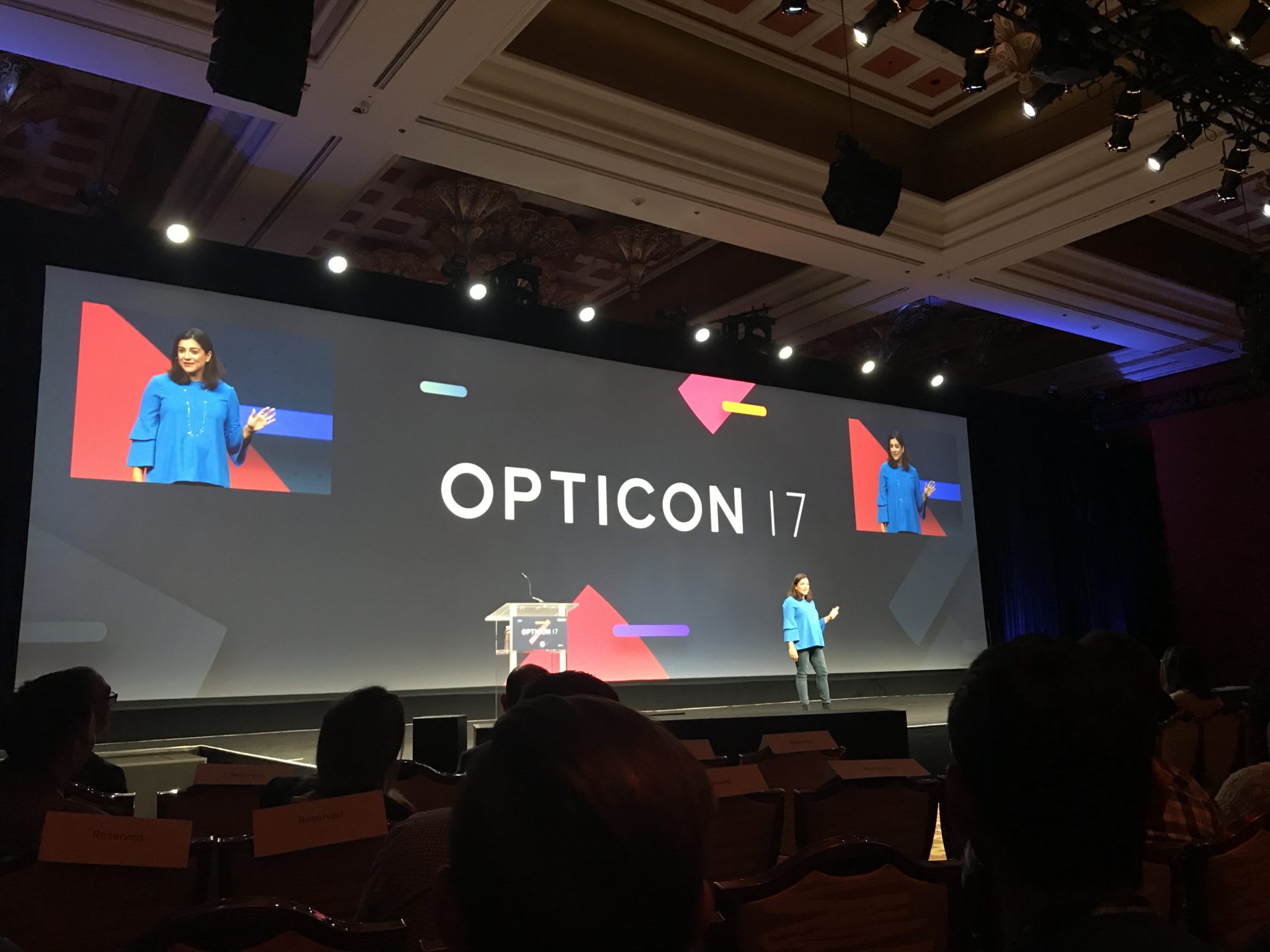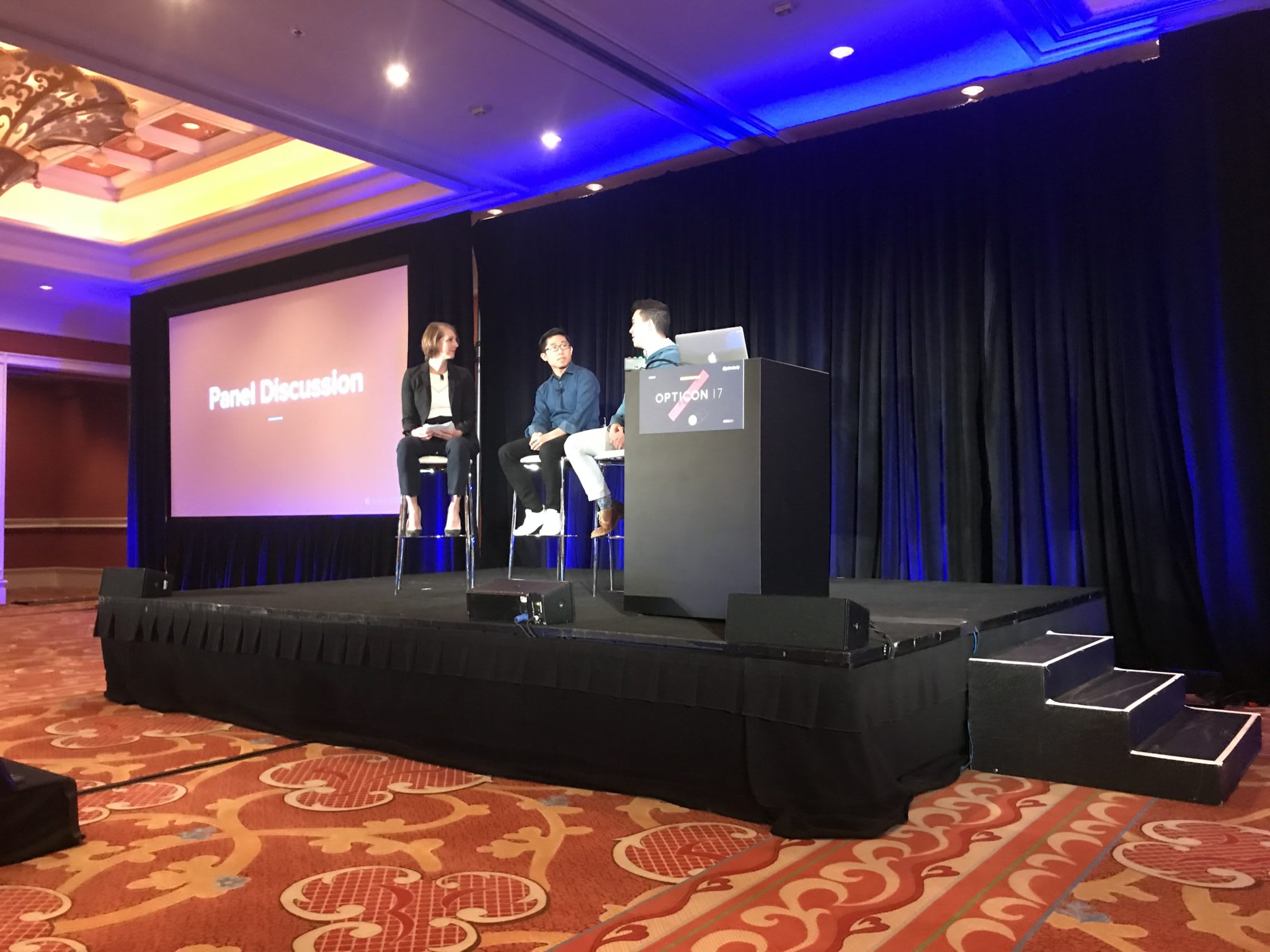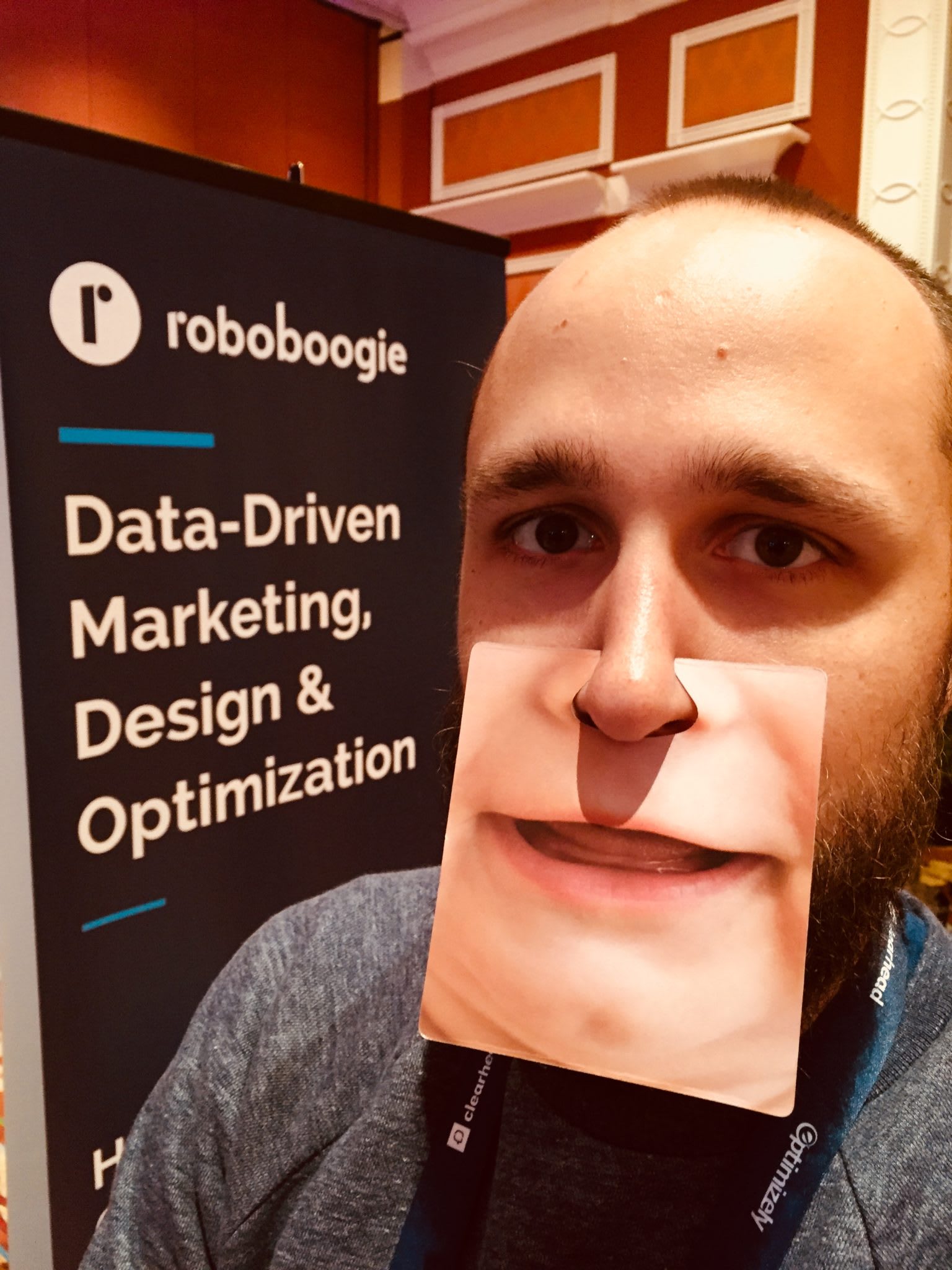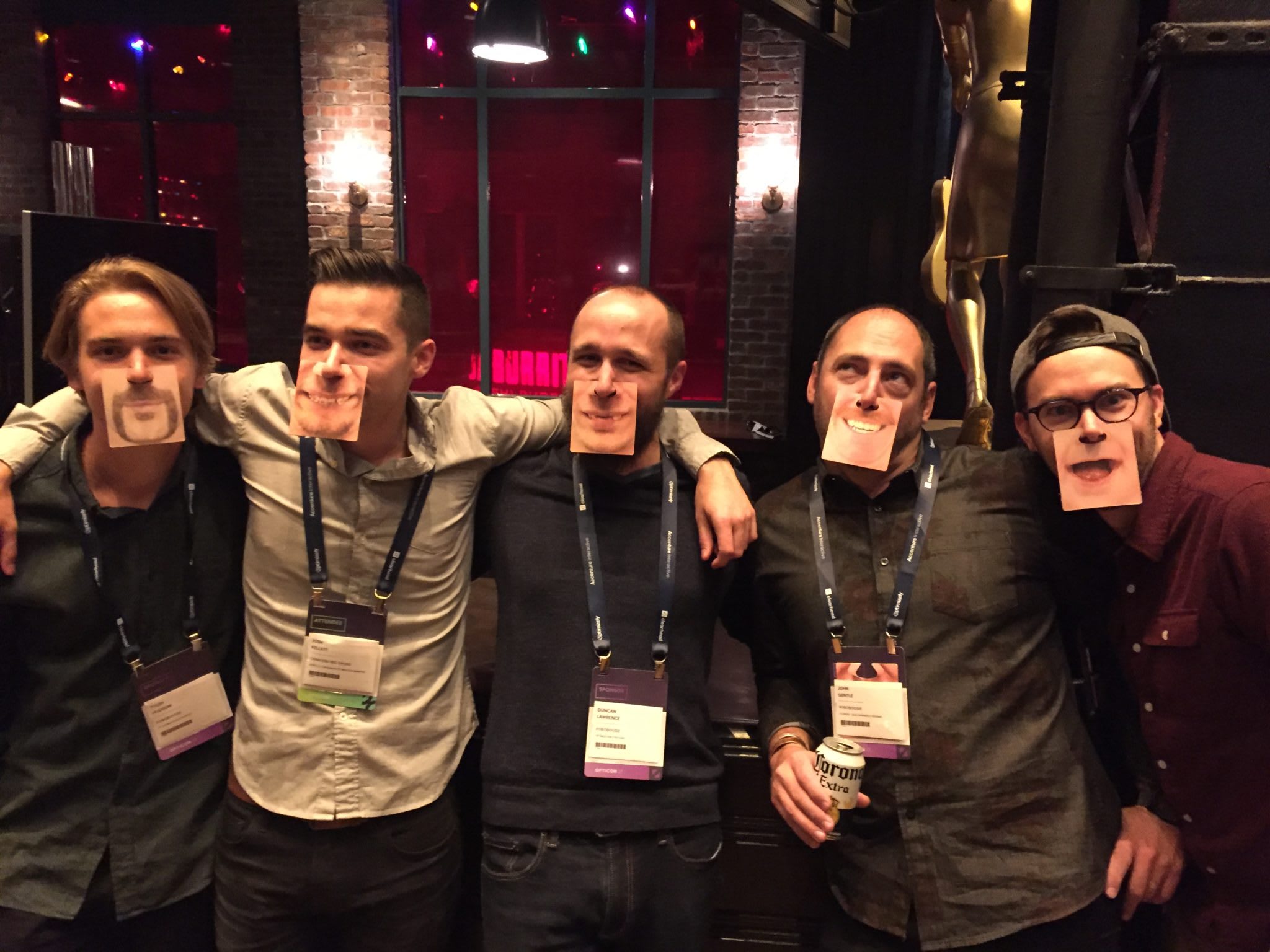Go Back
The fourth installment of Opticon was one for the books. The conference was packed with cutting edge innovation and some of the most creative minds in the industry. Whether it was the unveiling of new products, or hearing industry leaders discuss the shift in an experimentation mindset, there was no shortage of ideas floating around Las Vegas for Opticon 2017.
This Opticon was particularly meaningful for us, as it was the fourth attendance and third time sponsoring what once started as an afternoon gathering of experimentation and testing enthusiasts, and has evolved into a jam packed three-day event with all sorts of inspiring, informative and challenging topics. Here are our highlight takeaways:
#1 Develop A Culture of Experimentation
The overarching theme of Opticon was building a culture of experimentation on an organizational level. It can start with one individual inspiring employees to take risks and “break stuff” to gain insights that are below the surface.
A major barrier to being comfortable with experimenting is the fear of messing up. It was iterated throughout the conference to step outside your comfort zone and test your ideas to see if they work. If you’re not testing, you’re not trying. What seems like a simple idea can lead to extended improvements on an organizational level. Do not be afraid to step outside your comfort zone.

#2 Dissolve the Gender Gap
One of the final keynote speakers, Reshma Saujani, has decided to personally tackle the gender gap in the tech industry, and is making some incredible progress. She is the founder and CEO of Girls Who Code, a tech organization that has already inspired thousands of girls to enter the industry.
Saujani has tasked herself with dissecting the fundamental decline of women in the industry and has found the core problem: The media’s depiction of the tech industry being filled with red-bull-drinking, nerdy white males, does not paint the picture of innovation and empowerment young women are looking to see. However, her organization gives women a different outlook, one of using tech to “change the world” and, from the installation of her program, we have already begun to see this change.

#3 Turn Failure into Success
IBM’s Ari Sheinkin elegantly discussed three failures he had to overcome as he pushed for the acceptance of an experimentation mindset as a core value of IBM. One story that jumped out was the story of Ned. We all know a “Ned,” the guy who is stuck in his ways and is too stubborn to recognize the changing times around him. In IBM’s case, their main block to adopting a culture of experimentation was one guy who had to approve every test an employee wanted to run. This is the epitome of a bottleneck effect, so Sheinkin set out to change it. After rousting Ned from the company, he shifted the old-school mindset into one of innovation, which is not an easy task in a company that has been around over 100 years. His passion for experimentation was poured into his presentation and after leaving his session, it was great to feel a positive, overarching sense of being comfortable with shifting the status quo.

#4 Cultivate a “What if We…?” Mentality
Listening to Mig Reyes discuss his career path as a graphic designer was a refreshing experience. He discussed his time working at Trunk Club, and his adoption of the “What if We…?” mentality.
His take on this mentality stems from not falling into the, occasionally entrapping, box that your official title can provide. Reyes continually discussed how he has stepped outside of the basic job requirements and found incredible success from taking that leap. Find your passion, and let it guide you. If you have an area you excel in, but it doesn’t fall into your day-to-day routine, shift the routine. It is this fundamental shift that can lead to staggering improvements on an organizational level.

#5 Work Out Your Creative Muscle
Not literally. If creativity was a muscle, it would be a sore sight to see. In a more figurative mindset, creativity truly can be “worked out.” The first barrier to creativity is thinking it can only be expressed in the form of arts. While this is an important element, it is not the only application. The foundation of optimization in the workplace is creativity, the perfect mix of left and right brain individuals. If we begin to recognize that creativity can be applied not only the arts, but also to restructuring websites and configuring powerful advertisements, the possibilities for creating engaging, effective content and experiences are limitless.

Of course, we couldn’t hang with our friends at Optimizely without bringing a little fun to the party. Our booth highlighted our “Happy Customers Convert” mantra with the playful use of clip on smile coasters that turn any face into a happy one. The response was a big hit, and the smiles could be spied throughout the conference getting a laugh, an even bigger grin than the coaster, and breaking down walls between newfound clients, partners and friends.

Thanks to Optimizely for putting on another amazing event. We already can’t wait for Opticon 2018, and the exciting experimentation on the docket for the coming year.





Written by Tyler Hudson and Jedidiah Fugle


